Gumbo, gator burgers – how to eat your way through New Orleans
I knew a 24-hour stopover was not nearly enough time to do New Orleans justice, but on a short visit to this city famous for gumbo, voodoo, and po' boys, I did my best to fit in as much as I could of the main highlights and get a feel for the city. New Orleans has a number of cultural influences in its history – the most evident today being French. From street signs in the famous French Quarter to the food scene, the French influence remains strong.
Food plays a significant role in the Louisiana capital, and there were too many truly New Orleans offerings for me to try in 24 hours. If you're a seafood fan, then New Orleans is the perfect place to indulge with a number of oyster bars, and most restaurants have at least half a dozen seafood options ranging from sandwiches to main meals.
During my visit to New Orleans, I encountered the po' boy. It's a sandwich made from a baguette or similar style crusty bread traditionally served with hot fillings. The fillings range from seafood such as prawns, crab or crawfish (crayfish), sausage and roast beef.
The po' boy was shortened from poor boy – and is thought to have originated from when streetcar conductors went on strike in 1929 and two New Orleans restaurant owners gave the strikers free sandwiches made from a long piece of crusty bread. The strikers were known colloquially as "poor boys", and the name was attached to the sandwich and shortened to po' boy. You'll see po' boys on most menus across New Orleans – especially in the French Quarter.
Gumbo is another delicious New Orleans food offering that is a must try. You'll see the stew on menus everywhere and dozens of stores selling gumbo seasoning so you can try to make it for yourself.
If you have a sweet tooth, you are in luck, as there's no shortage of praline confectionary shops in New Orleans. Praline originated in France in the 18th century, before making its way to New Orleans. Traditionally made with almonds, the New Orleans style praline is made with pecan nuts.
Pralines range in price from 89 cents up to $US4, so shop around. If you just want a sample, head to Aunt Sally's in the French Quarter to try a good-sized bite of praline for free.
High on most tourist agendas is a visit to Café Du Monde – a French café dating back to 1862. Their flagship offering is café au lait (coffee with milk) and beignets – a French style doughnut with no hole in the middle and covered in icing sugar.
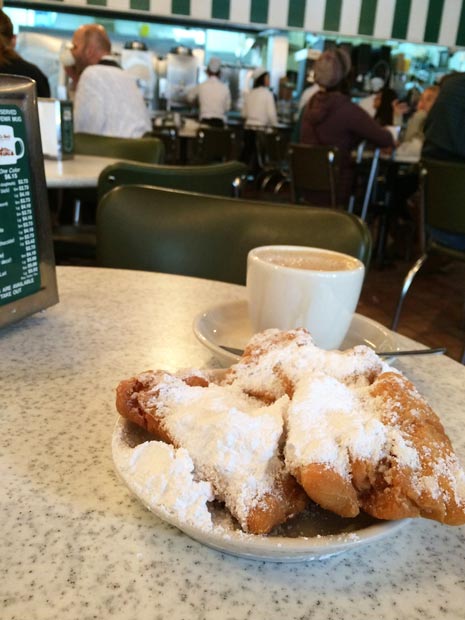
I couldn't resist the sweet smell of the beignets wafting through the French Quarter so gave the café a try. There are huge vats of coffee up the front, and the service reminded me of a factory production line process. I'll be honest, I've had better coffee, but the doughnuts were tasty, though very filling.
The French Quarter is one of the most well-known parts of New Orleans. The precinct offers an interesting wander – it's set in a square grid and filled with buildings with pretty terraces. Stories of voodoo and hauntings and other tales abound from the French Quarter, and there are many walking tours offered to help you scratch the surface of its rich history.
The French Quarter is an eclectic area with shops of all types from homewares, clothing, souvenirs and food. The quarter is good just to wander and see what you find.
Bourbon Street runs the length of the French Quarter grid and is most well-known for its nightlife (you can drink on the street in New Orleans). There is nightlife options for every taste from traditional and sports bars to nightclubs, and the street is filled with neon signs.
In the centre of the French Quarter is the St Louis Cathedral and there's a nice park out the front. If you're looking to get off your feet, there's no shortage of horse drawn carriages to take you around the quarter.
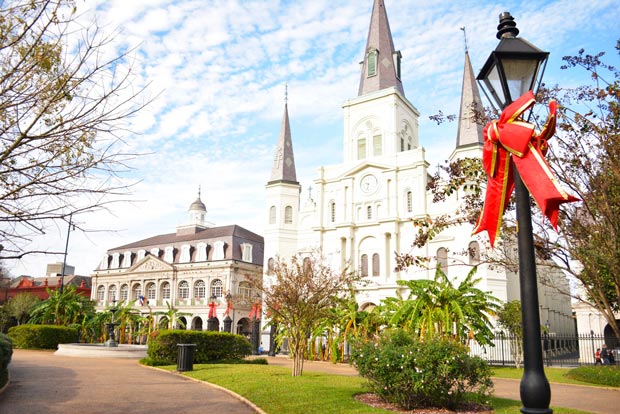
Also in the French Quarter is the French market – a good place to try the local cuisine or pick up a souvenir. There are your usual market offerings there such as handbags, and clothing but there's also a selection of handmade jewellery, notebooks, masks and candles.
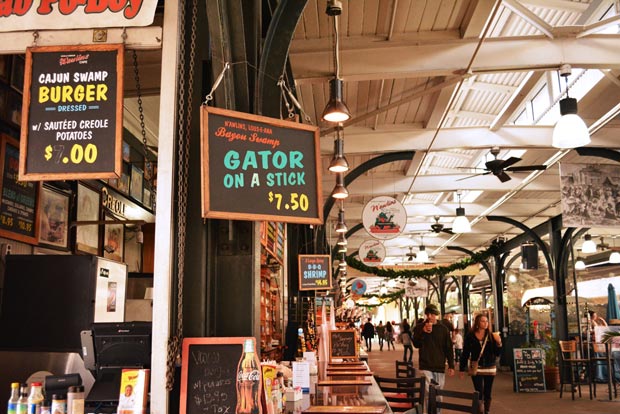
Close to the entry of the markets are rows of food stalls ranging from oyster bars, po-boy cafes and stalls offering all type of gator (alligator) meals such as burgers or skewers. There are also a couple of bars offering a range of cocktails.
Looking to head out on the water? The Mississippi River runs through New Orleans, and steamer boats played a role in the growth of New Orleans as a port. Today, river steamers ferry tourists around to see New Orleans from the water. The New Orleans port was the most important in America's south during the 19th century, and predominantly saw the export of cotton.
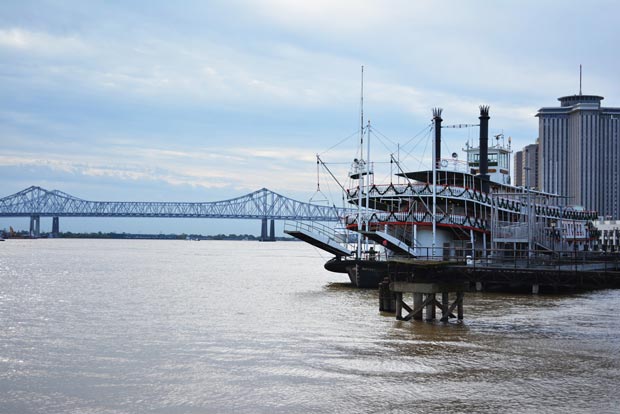
Looking to get off your feet and see outside the French Quarter? Do as the locals do and take the street car. During my visit to New Orleans, I was staying with a friend and had to take the street car into the centre down St Charles Avenue. The street is filled with attractive houses in the New Orleans style with massive columns supporting the two stories and verandahs spanning the front.
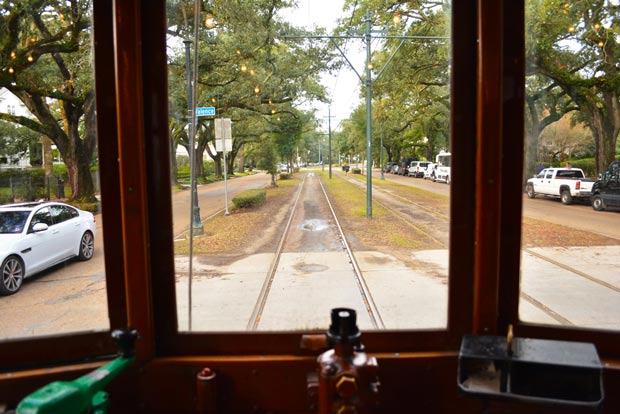
The street car carriages are designed to go in either direction, so they are built with a conductor seat at each end. Sit down in the spare conductor seat and take in the New Orleans streets as you trundle by.
If you're after tour options within the New Orleans area, there's a range on offer. Popular tours include swamp tours on airboats or cemetery and voodoo tours.
Things you should know:
- New Orleans is an expensive city. Expect even simple meals to set you back between $US10 to $20. Remember the noted price doesn't include sales tax, and a tip of at least 20 per cent is expected when dining at restaurants.
- Some restaurants and cafes in the French Quarter accept cash only.
- The streetcars run irregularly. Make sure you have your walking shoes on if you're staying away from downtown or be prepared to wait.
- There are many tour operators in New Orleans. Shop around for tours depending on your interests and budget.
- The weather can change quickly in New Orleans. In 24 hours, I experienced a torrential downpour, extreme humidity and cold winds. Be prepared for all weather conditions.
Lisa Owen is a pint-sized Australian following her dreams to travel to as many places as she can, and loves to share her photography, travel hacks, hiking adventures, and food discoveries along the way. At last count, she has travelled to more than 40 countries in between working in public relations and discovering hidden gems in Australia's great outdoors.
Instagram: @_thelittleadventurer; Facebook: The Little Adventurer Australia
The views, opinions and positions expressed by the author and those providing comments are theirs alone and are meant as travel inspiration only. They do not reflect the views of Cover-More Insurance. You should always read the PDS available from your travel insurance provider to understand the limits, exclusions and conditions of your policy and to ensure your policy covers any activities you undertake.